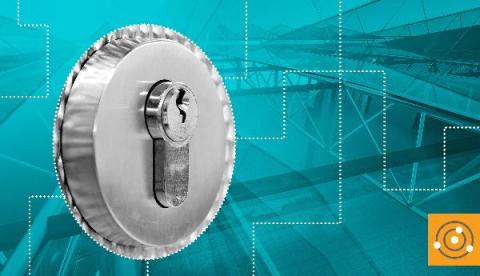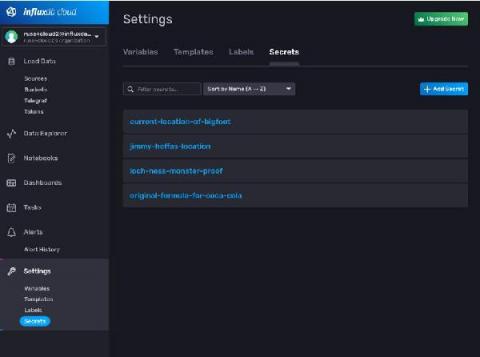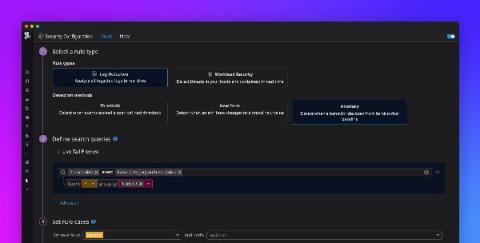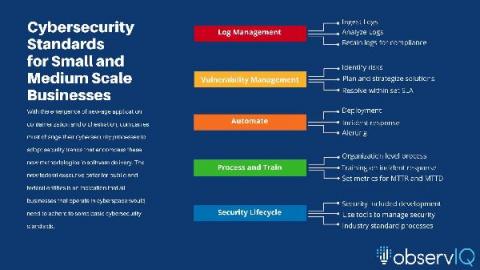Team Spotlight
The #LifeatTorq Team Spotlight is a Q&A series dedicated to the talented and generally kick-ass team that form the foundation of our growing company. Today we are spotlighting Kostya Ostrovsky , a Software Architect at Torq based in our Tel Aviv office. Kostya is one of the first employees at Torq.











